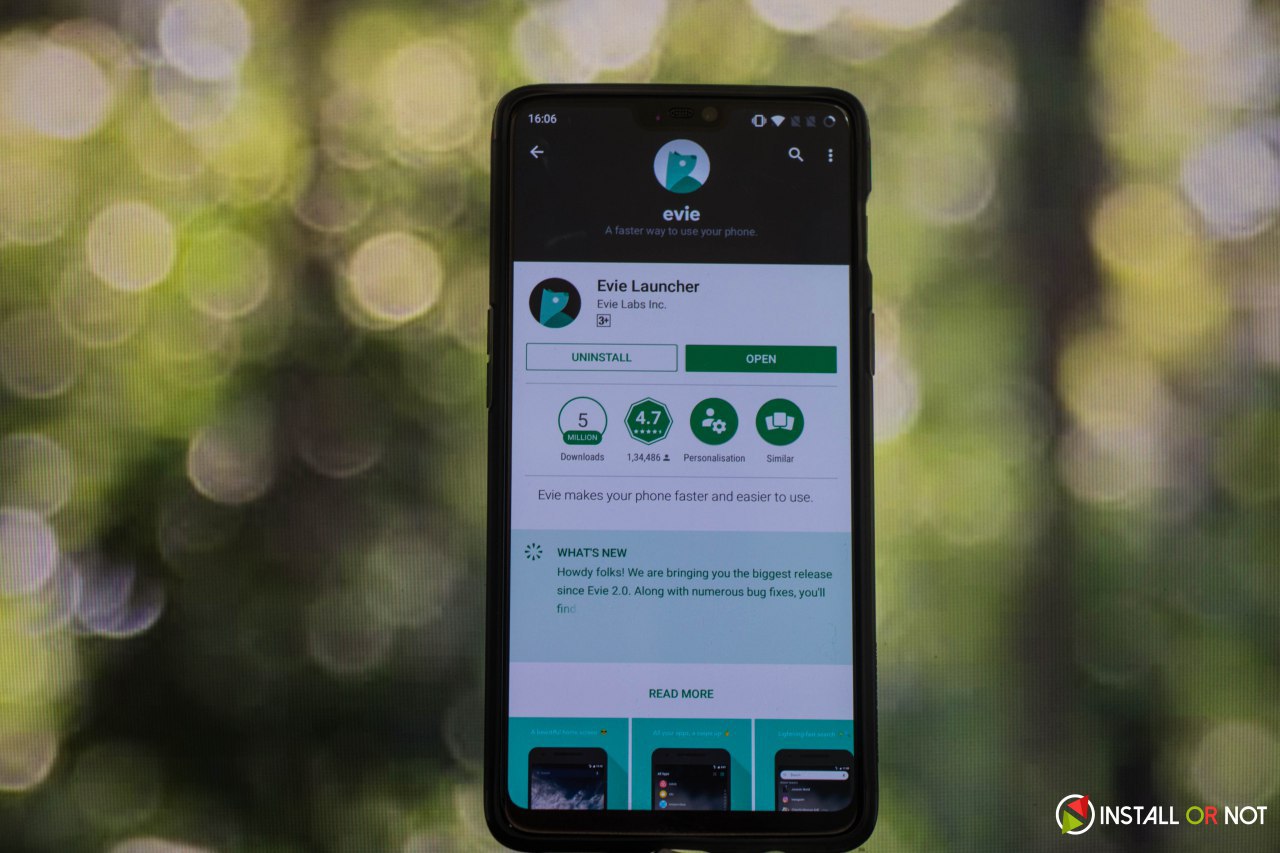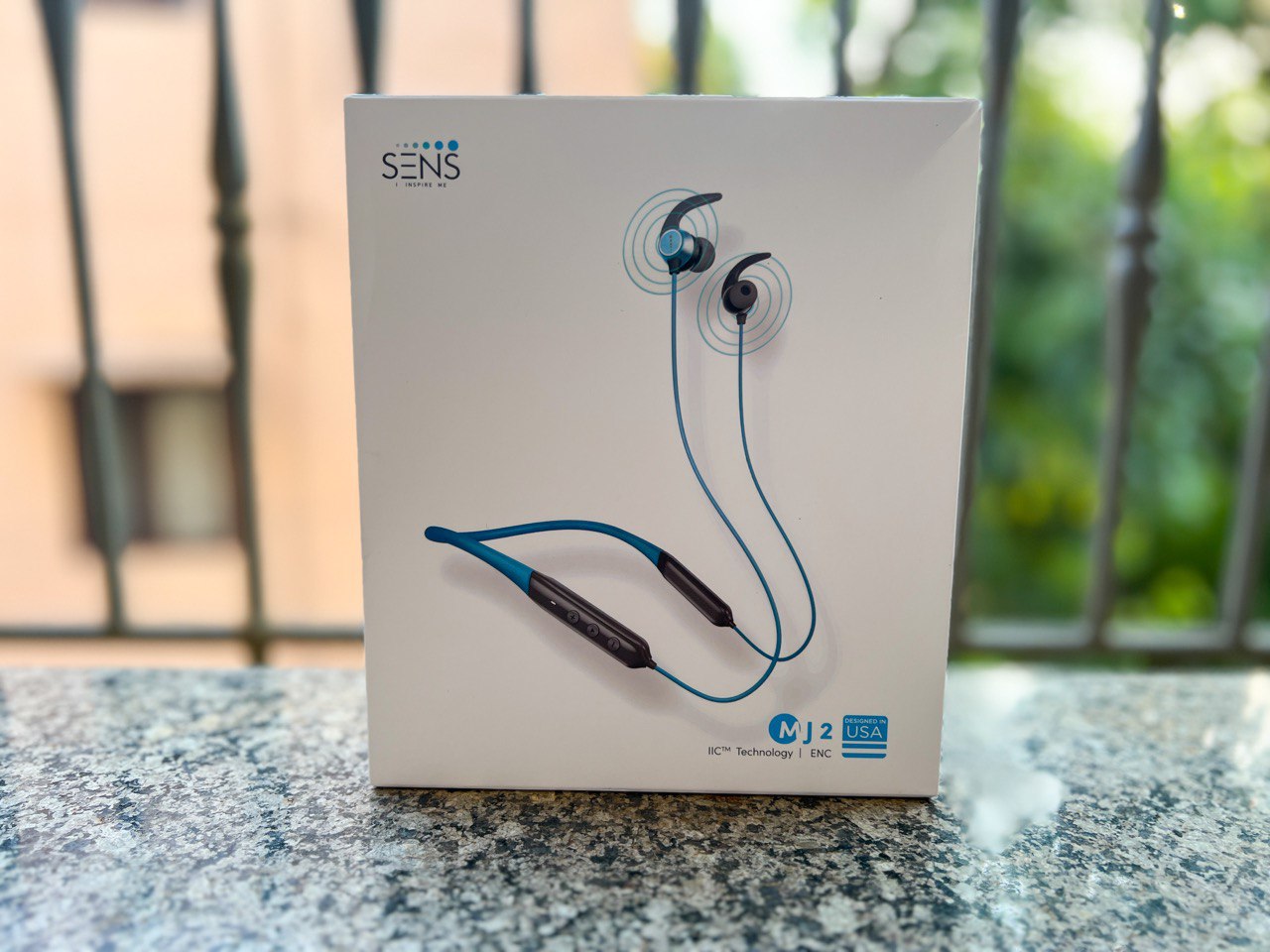
This week, as is the same as most weeks now, when I sat down to write this column; I’m sitting in a local coffee house, like a proper hipster or stereotypical artiste watching the hustle and bustle of the world outside the window. I drink my tea, absorbing the strong aroma of coffee and pondering the events of the software week that was.
This week was particularly interesting as Google Chrome was hacked twice in the same day, at the same event, no less. Microsoft announced that all Windows 8 ARM based tablets will have locked BIOS, and won’t be able to boot other operating systems, and my editor, Kenny, suggested that I check out an application he’d discovered. An application that really impressed me. The application is called F.lux.
F.lux is a very simple application. It tries to balance you monitor brightness and color warmth based on your location and time of day. There isn’t really much more to it to be honest, but I think I probably should discuss how it actually does what it does. It’s all software based, so you do have to make sure you have set your monitor and windows color and brightness settings correctly. Then you tell F.lux where you are in the world. Finding your location is as easy as right clicking the icon in the system tray and selecting “Change location”. It then presents you with a small box with a “find location button”. Once clicked it takes you a webpage on the F.lux website where you can enter your town name into the Google maps search box. Once Google maps has found your location you copy the map coordinates into the appropriate input box and hit OK. You then have to select your lighting environment for both day and night. Most people will only need to change the night setting to suit what type of light bulb they use but I found the default setting for florescent was far too orange so I did need to increase it so it was whiter. There is an option to do a preview of the day cycle with is good for testing your settings, but past this there is literally nothing more to the program itself. It just sits in the system tray doing what it does and very well, but I did find some problems.
I have recently started playing Star Trek Online quite a bit (review coming soon) lately and I have found that F.lux tends to override the games brightness settings very severely. Now, I will say that this doesn’t actually seem to be F.lux’s fault. STO does seem to have a very dark default setting and its engine doesn’t help matters with the fact that it doesn’t use common accepted values for the brightness/gamma level. For example, most of the other games I play use values from 0 to 2 with a .00 variance. This is actually what monitor manufacturers use to measure brightness and gamma and the optimum level is stated in the manual for your monitor in this form (the measurement has a name but I can’t remember what it is). I also have concerns about how well F.lux would play with Photoshop or other image editing programs, but I didn’t test that. There is an option to disable F.lux for an hour on the system tray icon right click menu. Personally I would prefer if there was no time limit and the option was just temporarily disabled F.lux until a reboot or the user re-enabled it.
I also would have liked to see options for location detection and also support for laptops with light sensors. If you are a laptop user or, in the near future, a Windows 8 tablet user, location detection via IP or compatibility with light sensors would be useful, even beneficial. This would extend F.lux’s usability and negate the need to constantly change your location setting and allow for automatic adjustment based on immediate lighting conditions.
Overall, F.lux is a must have. It’s simple, easy to use, in no way invasive to the user experience and a very good idea. The fact I found a compatibility issue with Star Trek Online was nothing but pure dumb luck, and the only thing that lets this program down is the poor mobility support, but that will probably come in future versions. It supports Windows, Linux, and Mac, but the Linux instructions are for Ubuntu only. You also have to compile the source code, and there is no guarantee it will work on other Linux distro’s. Especially ones that use KDE, but I’m willing to let that slide for now. For such a brilliantly simple and intuitive idea and such amazing ease of use, F.lux gets 5 ticks across the board. Now stop reading and go grab it!












